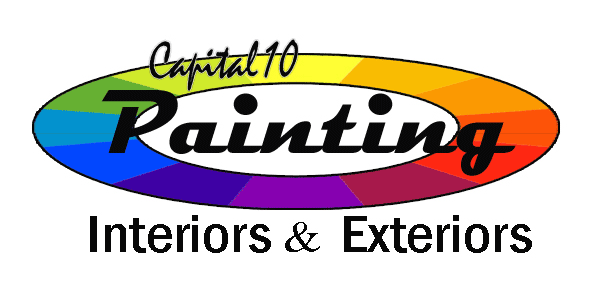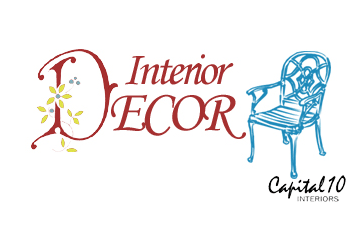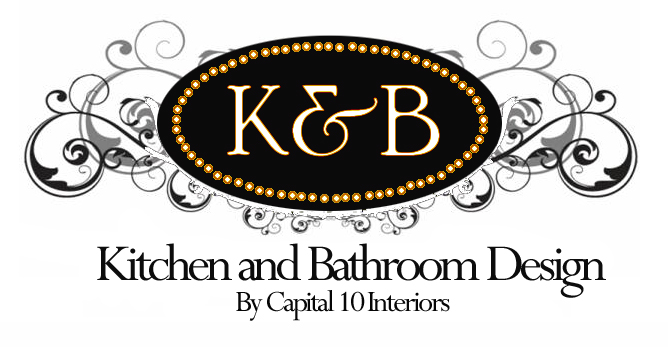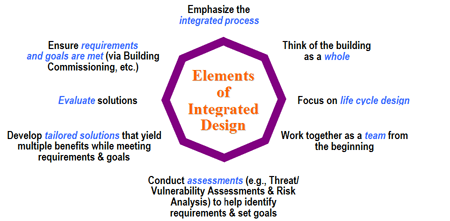Website Designed By
www.WhamoWebsiteDesign.com
www.WhamoWebsiteDesign.com
New Clients I About Us I Starter Guide I Portfolio I Affiliates I Tips & FAQ I Lighting I Shop I News I Careers I Contact Us

We'd Love to Hear About your Home and Business Projects!!






Contact us or call to find out how we can help.
www.Info@Capital10Interiors.com
www.Info@Capital10Interiors.com
_____________________
RELATED AREAS:







Project Management
OTHER SERVICES
Offered By
Capital 10 Interiors
SEE BELOW




Project Management Overview:
The Integrated Design Process:
Once the Pre-design activities are complete, the Designer or other prime consultant, in consultation with his or her team of sub-consultants, may produce initial graphic suggestions for the project or portions of it. Such suggestions are meant to stimulate thought and discussion, not necessarily to describe the final outcome. Involvement of sub-consultants is a critical part of the process at this stage - their individual insights made at this point can prevent costly changes further along in the process. Gradually a design emerges which embodies the interests and requirements of all participants while also meeting the overall area requirements which the project budget will have established during Pre-Design activities. The resulting Schematic Designs produced at this stage show site location and organization, general building shape, space allocation, and an outline specification which makes an initial list of components and systems to be designed and/or specified for the final result. Depending on the size of the project, it is often useful to have a cost estimate performed by a professional cost estimator at this point. For smaller projects, one or more possible builders may perform this service as part of a preliminary bidding arrangement. Selection can be made on the basis of an estimate at this stage. On larger projects, a cost estimate can be part of the selection process for a builder, assuming other prerequisites like bonding capacity, experience with the type, and satisfactory references are met.
Design Development:
Designing proposal drawings enlarges the scale of consideration. Greater detail is developed for all aspects of the project and the collaborative process continues with the designer in the role of facilitator/project manager for the various contributors.
Designing Working Drawings:
Greater detail is achieved for all aspects of the project. The conclusion of this phase is a detailed design drawing on which all players agree and may be asked to sign off on.
Contract Documents:
The Development of Contract Documents involves translating the Design Development information into formats suitable for pricing, permitting, and construction. No set of contract documents can ever be perfect, but high quality can be achieved by scrutiny, accountability to the initial program needs by the project manager and the client, along with careful coordination among the technical consultants on the design team. Decisions continue to be made with the appropriate contributions of all players. Changes in scopes during this phase will become more expensive once pricing has begun. Changes to the contract documents invite confusion, errors, and added costs. Cost estimates by an estimator may be made at this point, prior to or simultaneous with bidding, in order to assure compliance with the budget and to check the bids. Bids taken at this point may be used as a basis for selecting a builder.
Starting the Project:
After the general contractor is selected and during the Construction Phase, the project manager and other members of the team must remain fully involved. Decisions previously made may require clarification; suppliers' information must be reviewed for compliance with the Contract Documents; and substitutions must be evaluated. Contract Documents are never perfect and clarifications will be required. If changes affect the operation of the building, it is especially important that the user/client be involved. User requirements may change, necessitating changes in the building. These changes require broad consultation among the consultants and sub-consultants, pricing, and incorporation into the contract documents and the building.
The project manager is responsible for assuring that the project meets the requirements of the Contract Documents, and the projects success. After the work is fully done, it is often useful to conduct a “Facility Performance Evaluation” (FPE) to assess how the project meet the original and emerging requirements for its use. Such information is especially useful when further construction of the same type is contemplated by the same user. Mistakes can be prevented and successes repeated.
This summary describes the standard operation of the integrated project team.
Such a model is neither new nor exceptional. But it depends on:
1. Clear and continuous communication
2. Rigorous attention to detail
3. Active collaboration among all team members throughout
all phases of the project
Adherence to these principles will assure the best results.


The design of buildings, additions, kitchens and bathrooms requires the integration of many kinds of information into a synthetic whole. An integrated process, or design process, includes the active and continuing participation of a Capital 10 design consultants, able to preform cost consulting - building officials, building inspectors, possibly civil engineers, mechanical and electrical engineers or contractors, structural engineers, specifications specialists, and consultants from many other trade specialized fields. The best building designs result from active, consistent, organized collaboration among all players.
A integrated design process using contract documents, drawings and budget planning enables Capital 10 Interiors project team members to work together from the project outset to develop solutions that have multiple benefits.
A integrated design process using contract documents, drawings and budget planning enables Capital 10 Interiors project team members to work together from the project outset to develop solutions that have multiple benefits.

Preparation:
A needs assessment often accompanies this planning activity It can describe existing space use; develop realistic estimates of requirements, both spatial and technical; and arrive at a space program around which design activity can develop. For larger projects, a construction manager or a general contractor may be engaged at this point.
A needs assessment often accompanies this planning activity It can describe existing space use; develop realistic estimates of requirements, both spatial and technical; and arrive at a space program around which design activity can develop. For larger projects, a construction manager or a general contractor may be engaged at this point.
